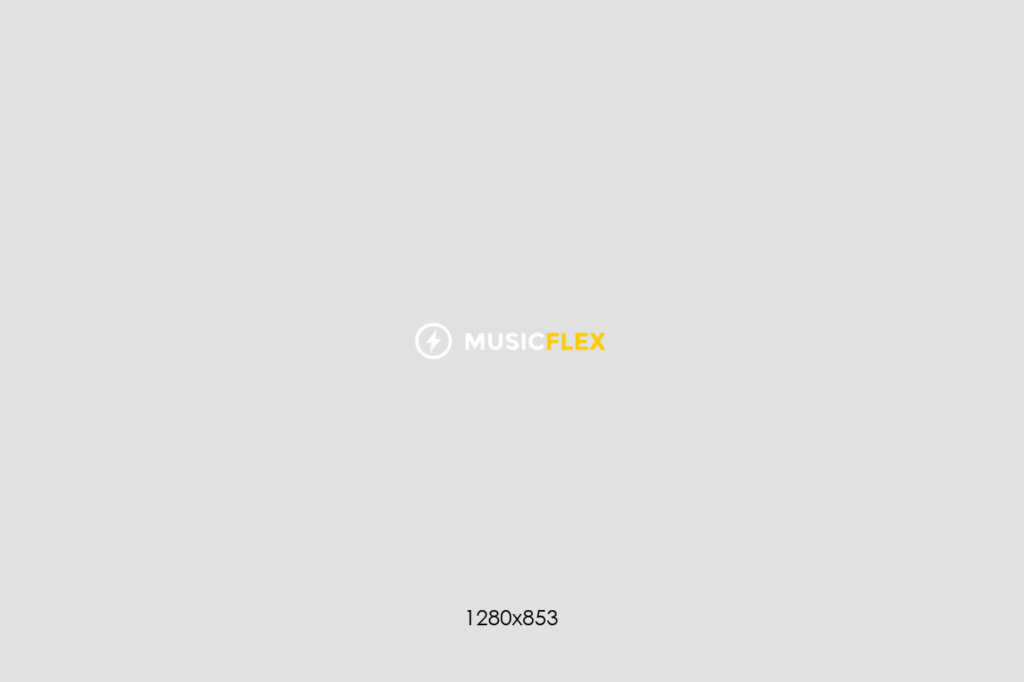I have been working on some new songs lately. Usually, all it takes is my guitar and the drum machine. Then I come to the point where I need to hear the real thing! And, I was thinking how lucky I am having this small studio in my house. It’s always there, waiting for me and, when I have a new tune in my mind, I go in and start up the engines. I have spent literally unlimited hours in this room and, I’m never getting bored. Because this is my place!
Until the late 1970s, music could be recorded either on low-quality tape recorders or on large, expensive reel-to-reel tape machines. Due to their high price and specialized nature, reel-to-reel machines were only practical for professional studios and wealthy artists. In 1979, Tascam invented the Portastudio, the small four-track machine aimed at the consumer market. With this new product, small multitrack tape recorders became widely available and grew in popularity throughout the 1980s. In the 1990s, analog tape machines were supplanted by digital recorders and computer-based digital audio workstations (DAWs). These new devices were designed to convert audio tracks into digital files, and record the files onto magnetic tape (such as ADAT), hard disk, compact disc, or flash ROM.
The way the room sounds or reverberates can change dramatically the way music is mixed, written, and recorded. Untreated rooms have an uneven frequency response, which means that any mixing decisions being made are being based on a sound that is ‘coloured,’ because sound mixers cannot accurately hear what is being played. Acoustic panels and bass traps can improve the sound in the room.




Add Comment